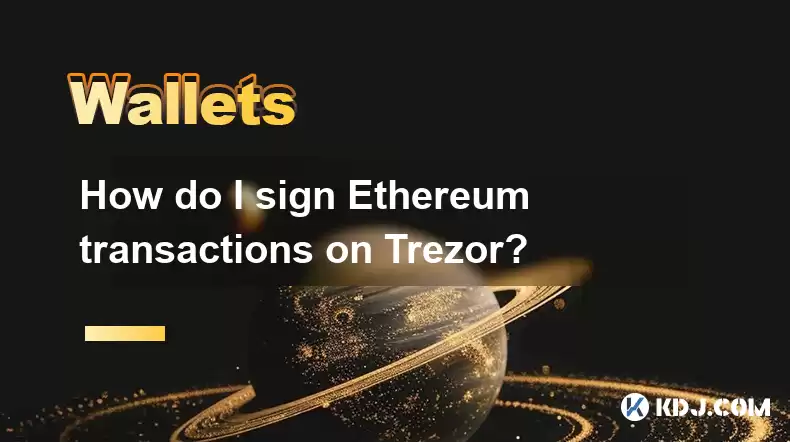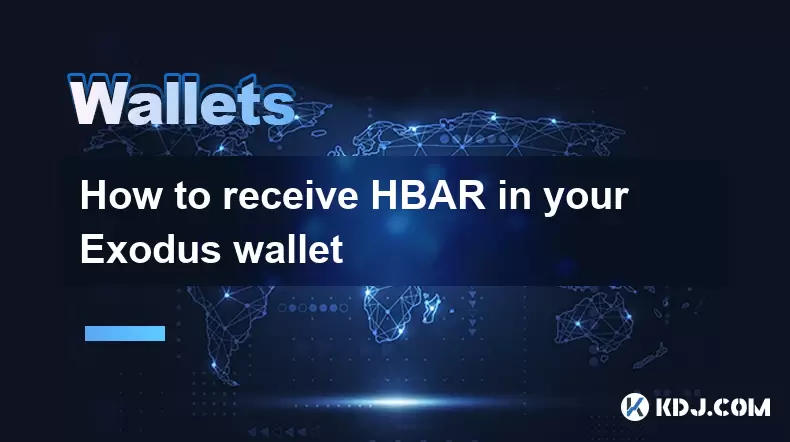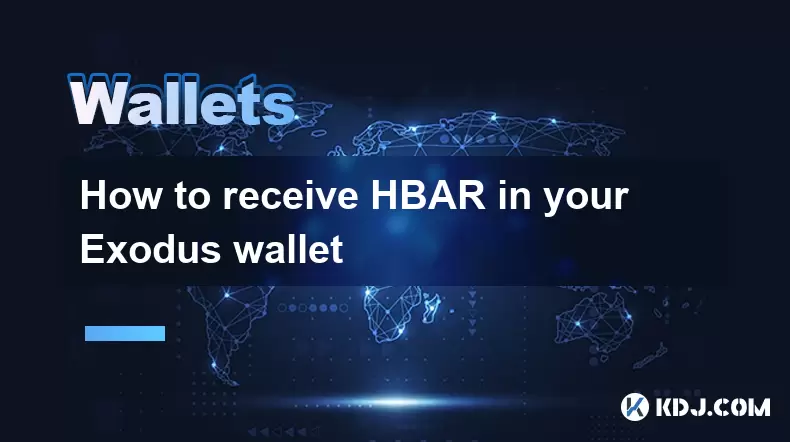-
 Bitcoin
Bitcoin $116400
-0.36% -
 Ethereum
Ethereum $4033
3.40% -
 XRP
XRP $3.302
-1.26% -
 Tether USDt
Tether USDt $1.000
-0.02% -
 BNB
BNB $796.1
1.67% -
 Solana
Solana $177.8
1.89% -
 USDC
USDC $0.9999
0.00% -
 Dogecoin
Dogecoin $0.2314
4.09% -
 TRON
TRON $0.3381
0.14% -
 Cardano
Cardano $0.7989
1.22% -
 Stellar
Stellar $0.4496
-1.84% -
 Chainlink
Chainlink $20.42
9.42% -
 Hyperliquid
Hyperliquid $41.17
0.88% -
 Sui
Sui $3.914
3.77% -
 Bitcoin Cash
Bitcoin Cash $584.7
1.52% -
 Hedera
Hedera $0.2632
-0.54% -
 Avalanche
Avalanche $24.09
3.40% -
 Ethena USDe
Ethena USDe $1.001
-0.02% -
 Litecoin
Litecoin $123.2
1.33% -
 Toncoin
Toncoin $3.318
-0.04% -
 UNUS SED LEO
UNUS SED LEO $8.984
-0.05% -
 Shiba Inu
Shiba Inu $0.00001323
2.85% -
 Uniswap
Uniswap $10.90
4.41% -
 Polkadot
Polkadot $3.999
3.34% -
 Dai
Dai $1.000
0.01% -
 Cronos
Cronos $0.1630
9.64% -
 Bitget Token
Bitget Token $4.484
0.82% -
 Monero
Monero $272.4
2.44% -
 Pepe
Pepe $0.00001173
6.03% -
 Aave
Aave $290.8
2.88%
How do I sign Ethereum transactions on Trezor?
To sign Ethereum transactions on Trezor, connect your device, use Trezor Suite to prepare and review the transaction, then confirm and sign it on your Trezor.
Apr 09, 2025 at 10:28 pm

How do I Sign Ethereum Transactions on Trezor?
Signing Ethereum transactions using a Trezor hardware wallet is a secure way to manage your cryptocurrency. This process ensures that your private keys never leave the device, providing an additional layer of security. In this article, we will walk you through the detailed steps required to sign Ethereum transactions on your Trezor device.
Setting Up Your Trezor for Ethereum
Before you can sign Ethereum transactions, you need to ensure your Trezor is properly set up and connected to your computer. Here's how to do it:
- Connect your Trezor device to your computer using the provided USB cable.
- Open the Trezor Suite on your computer. If you haven't installed it yet, you can download it from the official Trezor website.
- Unlock your Trezor by entering your PIN on the device.
- Navigate to the Ethereum wallet within the Trezor Suite. If you haven't added Ethereum to your Trezor yet, you can do so by clicking on "Add Account" and selecting Ethereum.
Preparing the Transaction
Once your Trezor is set up and connected, you need to prepare the Ethereum transaction you want to sign. This involves specifying the recipient's address, the amount of ETH you want to send, and any additional data if necessary.
- Open the Ethereum wallet in the Trezor Suite.
- Click on "Send" to start creating a new transaction.
- Enter the recipient's Ethereum address in the "To" field. Make sure to double-check the address to avoid sending funds to the wrong wallet.
- Specify the amount of ETH you want to send in the "Amount" field.
- Set the gas limit and gas price if you want to customize these values. The default values are usually sufficient, but you can adjust them based on network conditions.
- Add any additional data if required for the transaction, such as a message or contract interaction.
Reviewing the Transaction Details
Before signing the transaction, it's crucial to review all the details to ensure everything is correct. This step helps prevent errors and potential loss of funds.
- Review the recipient's address to confirm it matches the intended recipient.
- Check the amount of ETH to ensure it's the correct amount you want to send.
- Verify the gas limit and gas price to make sure they are appropriate for the transaction.
- Confirm any additional data you've added to the transaction.
Signing the Transaction on Trezor
Once you've reviewed the transaction details and are satisfied with everything, you can proceed to sign the transaction on your Trezor device.
- Click on "Send" in the Trezor Suite to initiate the signing process.
- Confirm the transaction details on your Trezor device. The device will display the recipient's address, the amount of ETH, and other relevant details.
- Use the buttons on your Trezor to navigate through the transaction details and confirm each step.
- Enter your PIN on the Trezor device if prompted to unlock it for signing.
- Press the button to confirm the transaction on your Trezor. This action will sign the transaction using your private key stored on the device.
Broadcasting the Transaction
After signing the transaction on your Trezor, the next step is to broadcast it to the Ethereum network. This is done automatically by the Trezor Suite.
- Wait for the Trezor Suite to broadcast the transaction to the Ethereum network. This process usually takes a few seconds.
- Monitor the transaction status in the Trezor Suite. You can see the transaction hash and track its progress on the Ethereum blockchain.
- Once the transaction is confirmed, you will receive a notification in the Trezor Suite, and the transaction will be reflected in your Ethereum wallet balance.
Troubleshooting Common Issues
Sometimes, you might encounter issues while signing Ethereum transactions on your Trezor. Here are some common problems and their solutions:
- Trezor device not recognized: Ensure the USB cable is properly connected and try using a different USB port. Also, make sure you have the latest version of the Trezor Suite installed.
- Transaction stuck: If a transaction is taking too long to confirm, you can try increasing the gas price and resending the transaction. However, be cautious as this can lead to double spending if not handled correctly.
- Incorrect transaction details: If you notice an error in the transaction details after signing, you cannot cancel the transaction. You will need to wait for it to be confirmed or rejected by the network.
Frequently Asked Questions
Q: Can I sign Ethereum transactions on Trezor without using the Trezor Suite?
A: No, you need to use the Trezor Suite to sign Ethereum transactions. The Suite provides the necessary interface to interact with your Trezor device and manage your Ethereum transactions securely.
Q: Is it possible to sign multiple Ethereum transactions at once on Trezor?
A: Currently, Trezor does not support signing multiple Ethereum transactions in a single session. You need to sign each transaction individually.
Q: What should I do if my Trezor device is lost or stolen?
A: If your Trezor device is lost or stolen, you should immediately move your funds to a new wallet using your recovery seed. Never share your recovery seed with anyone, and keep it in a secure location.
Q: Can I use Trezor to sign transactions for Ethereum-based tokens?
A: Yes, you can use Trezor to sign transactions for Ethereum-based tokens. The process is similar to signing ETH transactions, but you need to select the specific token in the Trezor Suite before sending.
Disclaimer:info@kdj.com
The information provided is not trading advice. kdj.com does not assume any responsibility for any investments made based on the information provided in this article. Cryptocurrencies are highly volatile and it is highly recommended that you invest with caution after thorough research!
If you believe that the content used on this website infringes your copyright, please contact us immediately (info@kdj.com) and we will delete it promptly.
- HAT Token Mania: Price Surges, Crypto Auctions, and Meme Coin Mayhem
- 2025-08-09 11:10:11
- Undervalued Cryptos Primed for a 2025 Takeoff: MAGACOIN, TRX, and SUI Lead the Pack
- 2025-08-09 11:10:11
- Bitcoin Goes to Harvard: Ivy League Embraces Digital Assets
- 2025-08-09 10:50:12
- Bitcoin, BlockDAG, and Toncoin: Decoding the Crypto Buzz in NYC
- 2025-08-09 11:30:11
- XRP, Pi Network, and Binance Listing Buzz: What's the Hype?
- 2025-08-09 11:30:11
- Arctic Pablo Coin: The Meme Coin Presale Promising High ROI in Q3 2025
- 2025-08-09 10:50:12
Related knowledge

How to manage your portfolio in Exodus wallet
Aug 08,2025 at 10:07pm
Understanding the Exodus Wallet InterfaceThe Exodus wallet is a non-custodial cryptocurrency wallet that supports a wide range of digital assets. When...

How to reset your MetaMask password
Aug 08,2025 at 01:28pm
Understanding the MetaMask Password Reset ProcessMany users confuse the MetaMask password with the seed phrase or private key, but they serve differen...

How to buy Dogecoin on MetaMask
Aug 08,2025 at 03:42am
Understanding Dogecoin and MetaMask CompatibilityDogecoin (DOGE) is a popular meme-based cryptocurrency that operates on its own blockchain, originall...

How to switch between networks in Trust Wallet
Aug 09,2025 at 11:07am
Understanding Network Switching in Trust WalletSwitching between networks in Trust Wallet allows users to manage assets across different blockchains, ...

How to receive HBAR in your Exodus wallet
Aug 08,2025 at 11:28pm
Understanding HBAR and the Hedera NetworkThe HBAR cryptocurrency is the native token of the Hedera Hashgraph network, a distributed ledger technology ...

How to receive HBAR in your Exodus wallet
Aug 09,2025 at 06:07am
Understanding HBAR and the Hedera NetworkHBAR is the native cryptocurrency of the Hedera Hashgraph network, a distributed ledger technology that uses ...

How to manage your portfolio in Exodus wallet
Aug 08,2025 at 10:07pm
Understanding the Exodus Wallet InterfaceThe Exodus wallet is a non-custodial cryptocurrency wallet that supports a wide range of digital assets. When...

How to reset your MetaMask password
Aug 08,2025 at 01:28pm
Understanding the MetaMask Password Reset ProcessMany users confuse the MetaMask password with the seed phrase or private key, but they serve differen...

How to buy Dogecoin on MetaMask
Aug 08,2025 at 03:42am
Understanding Dogecoin and MetaMask CompatibilityDogecoin (DOGE) is a popular meme-based cryptocurrency that operates on its own blockchain, originall...

How to switch between networks in Trust Wallet
Aug 09,2025 at 11:07am
Understanding Network Switching in Trust WalletSwitching between networks in Trust Wallet allows users to manage assets across different blockchains, ...

How to receive HBAR in your Exodus wallet
Aug 08,2025 at 11:28pm
Understanding HBAR and the Hedera NetworkThe HBAR cryptocurrency is the native token of the Hedera Hashgraph network, a distributed ledger technology ...

How to receive HBAR in your Exodus wallet
Aug 09,2025 at 06:07am
Understanding HBAR and the Hedera NetworkHBAR is the native cryptocurrency of the Hedera Hashgraph network, a distributed ledger technology that uses ...
See all articles

























































































